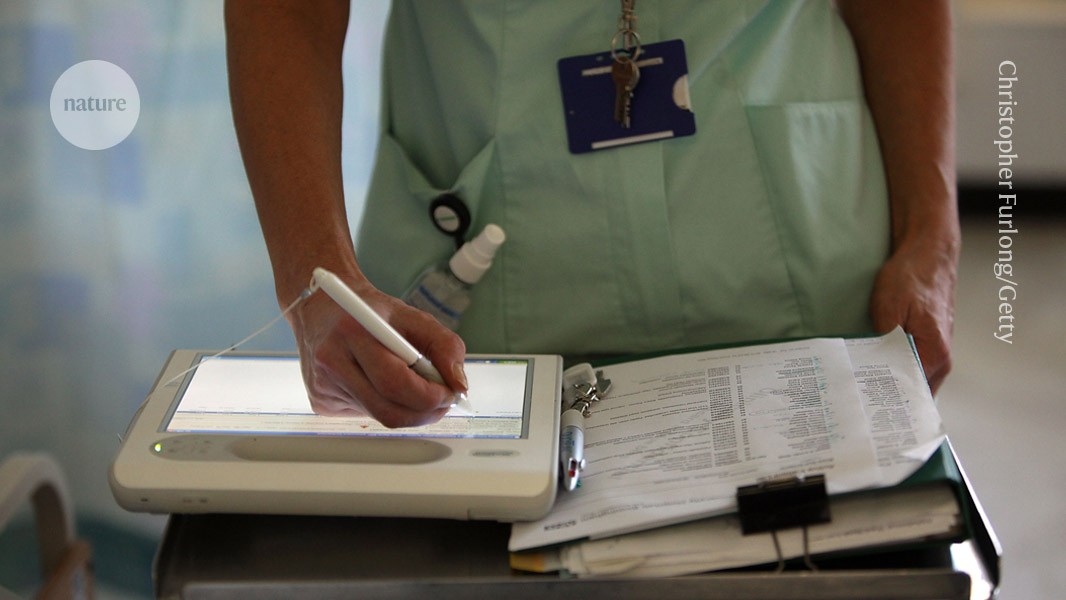Revolutionary Gut Stimulation Shows Promise in Type 2 Diabetes Treatment

Could a simple electrical pulse to your gut be the key to managing Type 2 Diabetes? Groundbreaking research presented at Digestive Disease Week (DDW) reveals a minimally invasive procedure using high-voltage electrical stimulation of the upper small intestine is showing remarkable results in improving blood sugar control and potentially reducing reliance on medication for individuals with Type 2 Diabetes.
For years, scientists have explored the gut-brain axis – the complex communication network between the digestive system and the brain – and its influence on metabolic health. This new procedure taps into that connection, stimulating the vagus nerve, a major nerve that connects the gut to the brain. The electrical pulses aim to modulate gut function, improve insulin sensitivity, and ultimately help regulate blood glucose levels.
How Does it Work? The procedure itself is described as minimally invasive. Researchers used a small, specialized device to deliver controlled electrical pulses to the duodenum, the first part of the small intestine. While the specifics of the technology are still being refined, the principle is to gently stimulate the vagus nerve, which in turn influences pancreatic function (insulin release) and glucose metabolism.
The Results: A Glimmer of Hope Preliminary findings presented at DDW are encouraging. Participants in the study experienced significant improvements in key diabetes metrics, including:
- Improved HbA1c Levels: A measure of average blood sugar control over 2-3 months.
- Reduced Insulin Resistance: The body's ability to effectively use insulin to regulate blood sugar.
- Potential Reduction in Medication Needs: Some participants were able to decrease their reliance on diabetes medication.
Beyond the Numbers: Understanding the Potential While these results are promising, experts caution that this is still early-stage research. Further, larger-scale clinical trials are needed to confirm the efficacy and long-term safety of this approach. However, the potential impact is significant.
“This research opens up exciting new avenues for treating Type 2 Diabetes,” says Dr. [Insert Fictional Expert Name/Title], a leading gastroenterologist. “Targeting the gut with electrical stimulation offers a novel and potentially less invasive alternative to traditional treatments, which often come with side effects and require lifelong medication.”
What's Next? Researchers are now focusing on:
- Optimizing Stimulation Parameters: Finding the ideal electrical pulse frequency and intensity for maximum benefit.
- Identifying Ideal Candidates: Determining which patients are most likely to respond to this therapy.
- Long-Term Safety and Efficacy Studies: Monitoring participants over a longer period to assess the durability of the treatment effects and identify any potential risks.
The development of this gut stimulation procedure represents a significant step forward in the ongoing quest for more effective and less burdensome treatments for Type 2 Diabetes. It’s a testament to the growing understanding of the gut's crucial role in overall health and metabolism, and a beacon of hope for millions living with this chronic condition.






